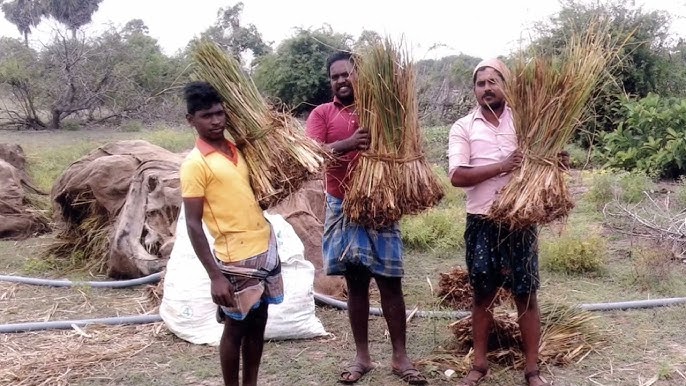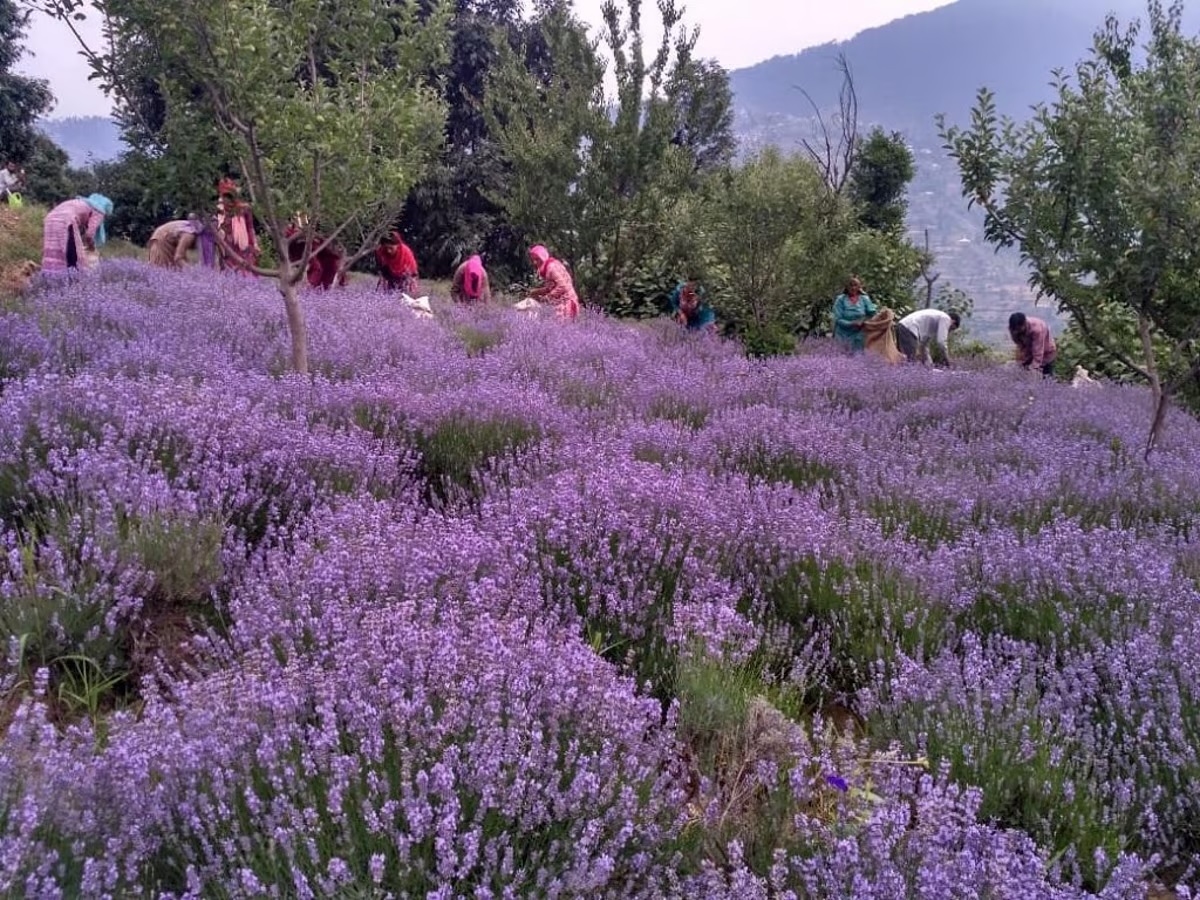Aroma Mission: India’s Fragrant Revival, Rooted in Soil and Soul

In a quiet village near Kannauj, a sleepy town in the state of Uttar Pradesh, India , 62-year-old distiller Rafiq Ahmed still begins his day before sunrise. He walks barefoot through his rose fields, fingers brushing against dew-laced petals, inhaling the scent that made his town the perfume capital of India. “My grandfather taught me how to seal a deg with clay,” he says, referring to the traditional copper still used in attar distillation. “But for years, the market dried up. We were forgotten.”
That’s changing—thanks to a government-backed initiative launched under the Aroma Mission by CSIR and expanded by the Ministry of AYUSH. Its goal? To revive India’s aromatic crop economy, empower farmers, and re-establish the country as a global hub for essential oils and natural perfumery.
In Kashmir, 28-year-old Shabnam Bhat, a biotech graduate turned lavender farmer, shares her story: “I used to think farming was backward. But now, I’m running a distillation unit and supplying oil to Ayurvedic brands. My fields smell like purpose.”
From Forgotten Fields to Fragrant Futures
Aroma Mission isn’t just about planting lemongrass or vetiver—it’s about reclaiming identity. Across states like Uttar Pradesh, Tamil Nadu, Assam, and Jammu & Kashmir, farmers are being trained in:
– Cultivation of high-value aromatic crops like lavender, rosemary, patchouli, vetiver, and palmarosa
– Sustainable distillation techniques using energy-efficient stills
– Post-harvest processing and value addition for global export readiness
Science Meets Scent
The initiative is powered by CSIR labs like CIMAP (Lucknow) and IIIM (Jammu), which provide:
– Soil testing and crop mapping
– Genetically optimized plant varieties
– Training in extraction, quality control, and certification

Impact Beyond the Bottle
– Over 60,000 farmers trained
– 6,000 hectares brought under aromatic cultivation
– Rise in women-led distillation units and rural entrepreneurship
– Export-ready oils now reaching formulators in Europe, Japan, and the Middle East
– Individual farmers: Farmers like Bharat Bhushan from Doda have become success stories, serving as role models for others by transitioning from traditional crops to high-value aromatic plants
– Startups and MSMEs: The mission fosters entrepreneurship by linking farmers with the aroma industry and providing infrastructure for processing. Startups and Micro, Small, and Medium Enterprises (MSMEs) are direct beneficiaries of the ecosystem created by the mission
– Suitability for marginal lands: Vetiver can be grown in various problematic soils, including waterlogged, sandy, and saline lands. In flood-prone districts like Madhepura, Bihar, the Council of Scientific and Industrial Research-Central Institute of Medicinal and Aromatic Plants (CSIR-CIMAP) introduced vetiver to help farmers secure their livelihoods where other crops failed.
-Reduced import dependence: By boosting domestic production of essential oils, the Aroma Mission helps reduce India’s reliance on essential oil imports.
For perfumers, this means access to traceable, terroir-rich ingredients—from Himalayan lavender to Tamil Nadu’s robust vetiver. For India, it’s a chance to turn scent into sovereignty.
A Fragrant Renaissance
Aroma Mission is more than policy—it’s a movement. It’s Shabnam bottling lavender with purpose and Velusami of Cuddalore satisfied at his financial gains from vetiver. It’s India rediscovering its olfactory legacy, one blossom at a time.

Author : Sheela Iyer
sheela@cosmetech.co.in
Sheela Iyer is an observer of the Indian Cosmetics & personal care industry and the editor of ‘Cosmetech’. She regularly video interviews industry experts on Cosmetech TV and has her fortnightly podcast ‘Cosmetics Today’
Subscribe to our free newsletter to read the latest news and articles before they are published.








Subscribe To Our Newsletter
Join our mailing list to receive the latest news and updates from The Cosmetics industry
You have Successfully Subscribed!